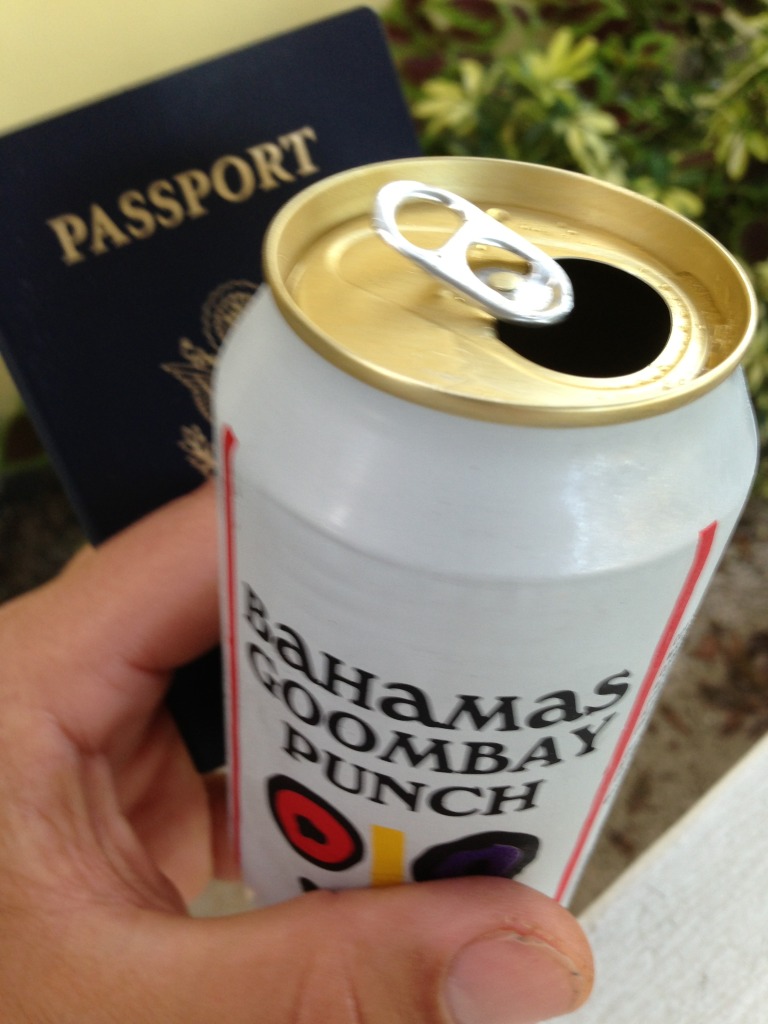As Spring Break drew to a close, time on the water increased and a great friend and kindred spirit from Texas joined me for a day on Mosquito Lagoon in hopes of feeding a few redfish some buck tail and feathers. The full moon was ever present in the back of my mind as we struggled the first half of the day, literally watching fish swim past well presented flies without the first hint of interest in them. It wasn’t a matter of fly choice or tactics in getting them to eat, it was just the funky psyche of the locals that had us resigned to laughing at the snubs one after another. One fly literally passed over the fish’s nose and brushed across his eye without so much as a flinch.
The days that followed saw a bit more of an agreeable personality emerge in the fish, perhaps due to the lunar phase moving further past the full moon.
Despite the improved attitude being offered, a handful of feeds resulted in no fish to hand as missed hook sets pushed their way to the forefront, stymieing the goal of giving short skiff rides to a select few reds.
You know its getting hopeless when you feed a fish twice, only to pull the fly from the jaws of success both times.
Its times like these where you chuckle at the notion of bonefish being spooky devils. Bones are a joy. Pure unadulterated bliss.
In just over a month and a half my next DIY bonefish adventure will go wheels up. In the meantime, I’ll keep shoveling more humble pie into my beer hole.
The last time we were dropping dimes:

